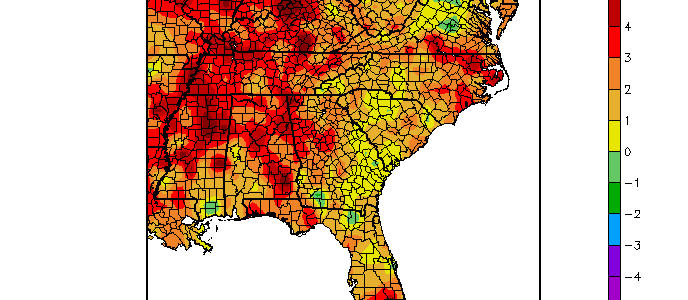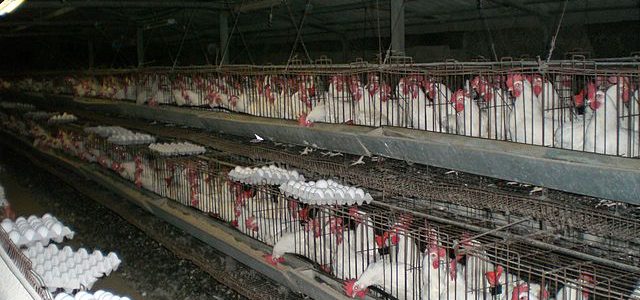-

With October half over, it’s time to see how we are doing so far. The temperature departure map shows that almost all of the Southeast is significantly above normal in temperature. The coolest areas are where rain from Hermine fell last month, but even those areas are near or above normal. The drought-stricken parts of…
-

Here’s a cool video on YouTube from NASA.gov which shows the progression of rainfall along the path of Hurricane Matthew. This animation shows the amount of rainfall dropped by Hurricane Matthew over the life and track of the storm/ IMERG real time data covering the period from Sept. 28 through Oct. 10, 2016 show rainfall from…
-

A very hopeful sign for rain appears in the 7 day QPF forecast. While this weekend will probably be dry and that dryness will continue on Monday through Wednesday, Thursday and Friday look like rain will fall over most of the Southeast. The heaviest amounts are predicted to hit the drought-ravaged areas of northwest Georgia…
Posted in: Climate outlooks -

According to a story today by the News&Observer, “North Carolina farmers face the task of disposing of 1.9 million chickens and turkeys drowned in Hurricane Matthew flood waters. Thirty-five farms in 15 counties lost poultry, said Brian Long, spokesman for the state Department of Agriculture. Most of those birds were chickens, but about 100,000 turkeys…
-

If you are interested in weather in historical context or in Key West, Florida, you might enjoy this article on the Key West Hurricane of 1846. This was one of the earliest hurricanes observed in that city. The article goes into depth on the development of the storm and its damage to the city. You…
-

In response to the tremendous flooding from Hurricane Matthew and CoCoRaHS’ new Condition Monitoring project, the State Climate Office of North Carolina is offering a webinar on Monday October 17 at 9:30 am EDT for current and potential CoCoRaHS members interested in adding condition monitoring to their list of citizen science activities. You can read…
-

Last month, NOAA declared that based on the most recent data, the chance of a La Niña developing was only about 40 percent, and they removed the La Niña watch that they had declared earlier this summer. One month later, and the La Niña watch has returned with a 70% chance of occurring. The change…